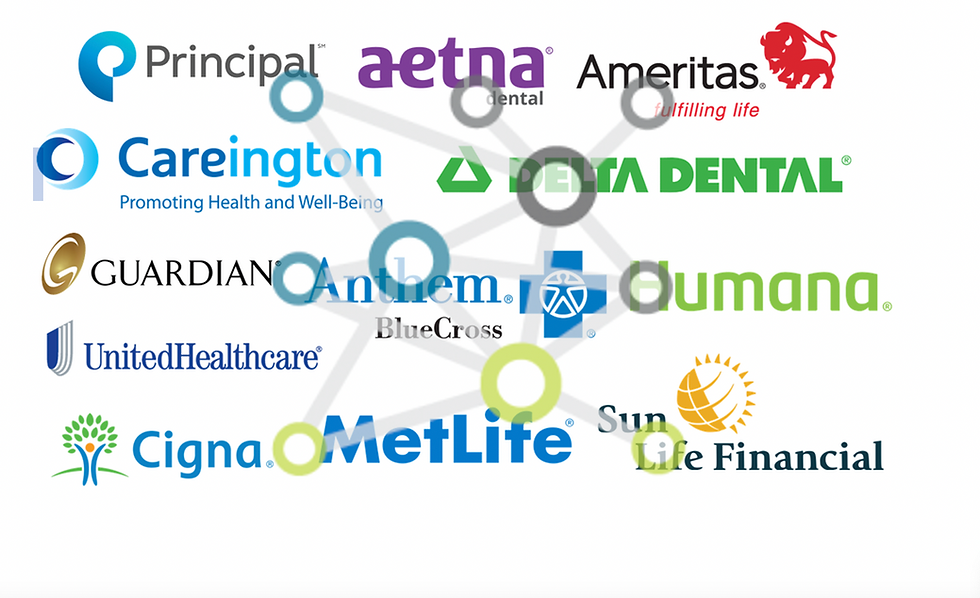Transforming revenue cycle using Artificial Intelligence and automation
- Kathan Mehta

- Feb 9, 2019
- 3 min read
Updated: Aug 9
Unearthing AI technologies and it's scope to uplift processes

Its trending and marketed by 90% of the software agencies in today's world. Tough one of the most demanded marketing tactic today, healthcare have seen its need and utilization since the 20th century and potential to provide successful, efficient and timely care to the needy. Let us understand automation and its utilization in revenue cycle:
Understanding the concept of automation:
In 1950, Alan Turing mentioned that machines will be able to think like humans. Artificial intelligence can be described as a combination of three logic: robotic process automation, computer vision and machine intelligence.
Robotic process automation is defined as rule-based automation which involves training of software that executes on repetitive, high volume tasks. It is trigger based and runs on a set of predetermined instructions like copying patient data from Electronic medical records software to Excel sheet.
It eases human efforts of copying data from one folder to other and thus improves speed and productivity of the process. Once established it produces highly accurate repetitive results.
This is where most of the current softwares and Health-tech companies have mastered by applying important validation checkpoints and be able to read-write patient imformation to cut down human intervention- right from Patient's insurance verification to claim submissions. EHRs today are more flexible to listen to Practice Owners' feedback and improve/ customize their solutions based on the challenges faced.
According to one of the white papers, these validation checks have helped reduce claim denials by 30%. For my tech geeks, here is a very good read to dive deeper into the technical aspects of how these validaitons work.
Computer vision in laymen terms is a set of codes that interprets text and images and take specified action accordingly.
One step further from just validation checks and performing repetitive tasks, you want your system to read the data- text, images and draw conclusions from it. Dental practices/ DSOs are still on the upcurve- some utilizing technology to its extent while many still depending on third-party softwares in RCM processes. On the contrary, most of the insurance companies and Clearinghouses especially Delta Dental have been using Automations to process patient claims and payments which have reduced their processing times to as low as immediate. (Yes - no delay. You get immediate result once the claim is submitted digitally through their system) Payments from insurance companies can be received in as less as 3 days from Date of Service to your bank. (Shall be covered in a separate discussion)
Machine intelligence is the high-end program that utilizes software applications to predict output values based on historical data. This usually requires a large data set to train the program and take required decisions. It can be run- supervised as well as unsupervised. So organizations that do not have large sets of data and want to introduce artificial intelligence in the system, they can use 'supervised machine learning processes' where system takes decision and it will be approved only after human approval is received.
Pioneers like Google and Meta are already investing billions of dollars to automate healthcare processes from diagnosing dental diseases from images and unsupervised Xray interpretation (offered by Pearl AI and many others) to unsupervised appointment scheduling and AI agents performing basic admin functions. Soon enough there will be diagnostic centers where you can perform self-guided oral cavity scan and you can get preliminary diagnosis with OTC drug recommendations.
Depending on the work flow and vision of the organization some of the initial factors that will determine where to start and how to progress in the world of AI:
requirements of the organization(speed v/s impact – SHAPE analysis),
number of errors,
identifying which tasks are most time consuming and how important is it to generate revenue,
focusing on eliminating the bottleneck components
The main benefits of automation are:
Improved process capability
Minimal errors
Increased efficiency on repetitive testing
Increased speed and impact on the process
Again, AI or automation is not always needed. It's like Rolce-Royce is still exceptional for its human touch and craftsmanship. Some important questions to conclude this discussion-
Is automation a core competency in your RCM Process? ;
How much will it cost- Planning to Implementation and Monitoring? ;
How long will it take?
What risks will it pose to Network/Server Security and Patient Data?
And what level of expertise is available?
Based on it organizations can decide what amount of revenue cycle should be automated and if they can afford to build one internally or externally.







API Connects is a cloud migration solutions firm in New Zealand brand excelling in Technology Architecture, Consulting, Software development & DevOps. Consult today! Visit: https://apiconnects.co.nz/cloud-migration-solutions-companies/